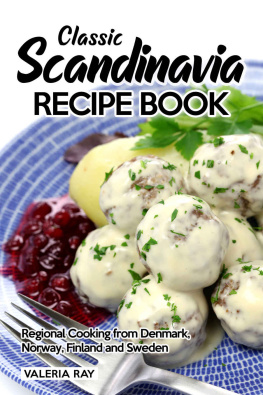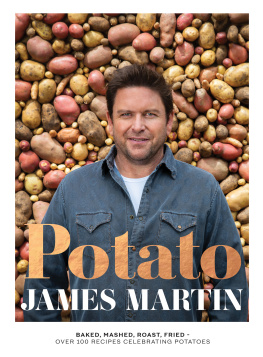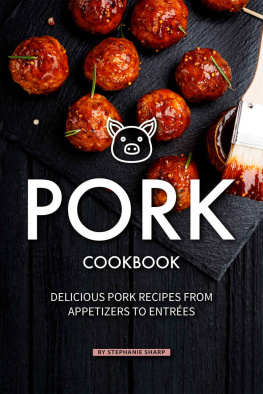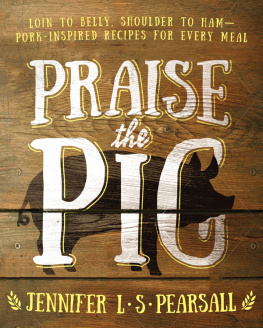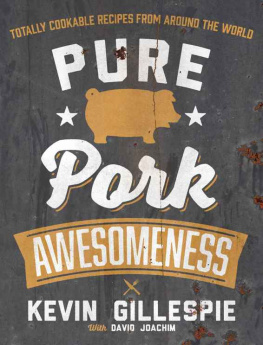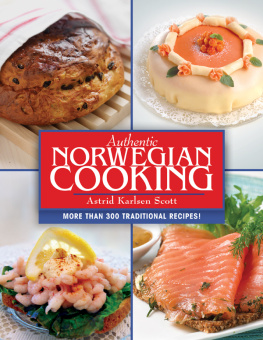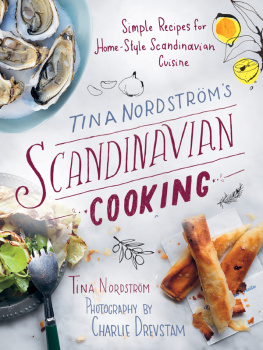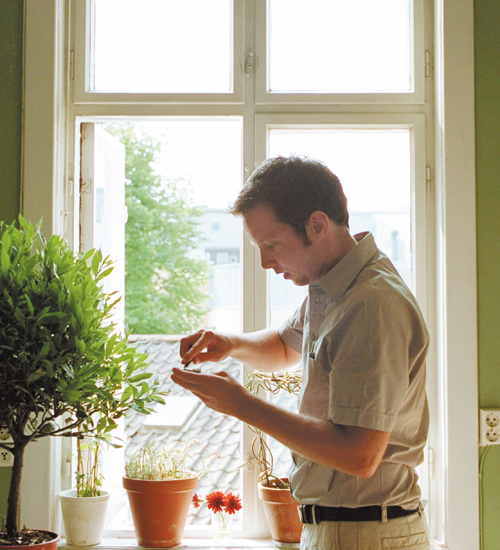
kitchenoflight
NEW SCANDINAVIAN COOKING
with ANDREAS VIESTAD
Photographs by Mette Randem
ARTISAN NEW YORK
To my grandmother, Inga Johnsen, for all she has givenand continues to give
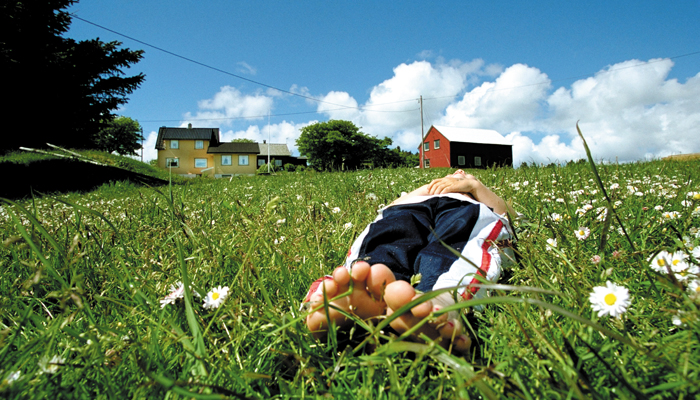
Contents
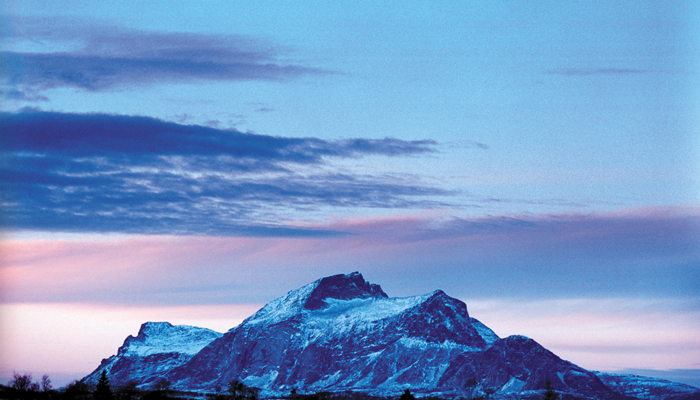
INTRODUCTION

Today I woke up to a new light.
Yesterday was cold and dark here in Oslo, with clear signs that autumn was losing out to the inevitability of winter. One week ago a determined wind from the north had decided to swipe all the yellow and red leaves off the trees, and once the street cleaners had done their job, grayness seemed to engulf everything but the brightly colored buildings in the center of the city.
Then today was a new day. When I pulled the curtains aside, expecting just another bleak Sunday morning, I found that the world outside had been transformed. A white blanket of snow covered the streets, trees, and rooftops, turning the busy capital into a chaotic fairy-tale city with skidding cars and joyful children at play. And, although the sun has long since withdrawn from the energetic omnipresence of summer, the day is bright in a way only a winter day in the high north can be.
Norway lies about as far north as is humanly habitable. The climate and nature are at times extreme. In northern Norway the sun never sets during the summer months, and during the long winter it never rises above the horizon. The south coast of the country, considered a summer holiday paradise by many Norwegians, is on the same latitude as southern Alaska.
While this territory makes hard demands, it is also generous. Norway has a long coastline with some of the worlds richest fisheries, making fish and seafood a cornerstone of Scandinavian cooking. As the country is sparsely populated, most of nature is unspoiled, allowing for plenty of game and lamb to roam the countryside freely. Norways long summer days provide fruits and vegetables with an intensity of flavor that makes us believe they are the best in the world.
Fishing and gathering are still important in everyday life. Even Oslo, a modern Norwegian city with its share of stress, skyscrapers, traffic jams, and dot com companies, is surrounded by the sea on one side and the forestabundant with porcini, chanterelles, game, and berrieson the other. Every day people fish for salmon and crayfish from the piers outside City Hall. My father, who lives fifteen minutes from the city center, is often visited by moose in his garden. Travel twenty minutes north or south of the city and you can enjoy nature at its most beautiful.
As you might imagine, living in Scandinavia means having a close and important relationship with nature, especially in regard to food. Until recently, Scandinavian cooking was simply home cooking, food but not cuisine. Today, Scandinavian food is something quite different. Norwegian chefs and restaurants are held in a high international esteem. Oslo has one Michelin star for every seventy thousand inhabitants, which is among the highest star-density for any capital, and Norwegian chefs have won the unofficial world championship in cookingthe Bocuse dOrseveral times.
However, after a decade of experimenting with fusion and crossover cooking, Scandinavians are now returning to the basics. While modern Scandinavian cooking can be dazzling and extravagant, it is more about appealing to our basic appetites and need to eat. With its elegant and simple cooking and its emphasis on fresh, natural ingredients, modern Scandinavian cooking is to northern Europe what Provenal and Tuscan cuisines are to the south. Regional specialtieslike gravlaks, cod, and smorgasbordhave been rediscovered and refined. Once again, Scandinavians are taking pride in their food traditions and the superb ingredients our homeland has to offer: good meat, simple and tasty vegetables, some of the best fish in the world, and oh-so-sweet fruits and berries.
Scandinavia consists of more than just my native Norway. To the south is Denmark, with rich food traditions that sometimes differ considerably from those of the rest of Scandinavia, and to the east is Sweden, with a similar cuisine but with many local variations. You will find that most of the recipes in this book are of Norwegian origin, but a significant number are from Denmark or Sweden, and since the relationships among our countries are so close, historically, culturally, and culinarily, there are quite a few recipes of genuinely pan-Scandinavian origin.
As a home cook in the United States, you will find that most of the ingredients in my recipes are easy to find and the cooking techniques are relatively simple. A large portion of this book was written while I was living in Boston, and the food has been adapted to ingredients that I could obtain in local shops there. There are a few Scandinavian specialties that may be harder to find, but they are too important to leave out and worth the search. In these cases I have included a list of mail-order sources () and, where applicable, I have suggested substitutes that will leave you with delicious food nonetheless.
Kitchen of Light is a book about food and the offerings of the table. It is the companion book to my public television series, New Scandinavian Cooking with Andreas Viestad. You may recognize that many of the people and much of the food I write about were featured on the show. Writing the book and making the television series simultaneously have been intense and demanding, but, most of all, they have been inspiring and rewarding.
While I am passionate about food, I am not a chef. I cook because I am hungry and because I am inspired by the offerings that each season brings: the ecstasy of long summer days when all you have to do for dinner is bring a bucket down to the shore and fill it with mussels and pick berries that have been sweetened by a sun that never sets; the softness of autumns growing shadowsthe richest time of yearwith game, apples, honey, and golden chanterelles agleam in the forest; the white and blue light of winter, with nights when warm soups and rich meat dishes promise the comfort and warmth of family life; and then, coming full circle, we welcome the joyful ardor of the sun in early spring, signaling a return to life, with the spawning cod and the first coming of migratory birdsan awakening of the senses.
Kitchen of Light is part cookbook, part introduction to a region, and part story about my family, friends, and the food we share. May it inspire you to embrace new flavors.
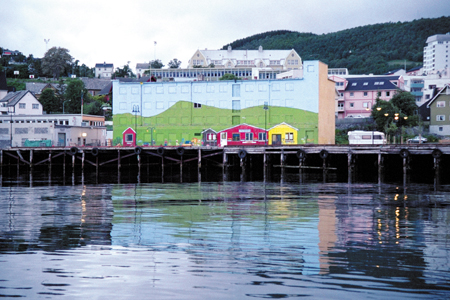
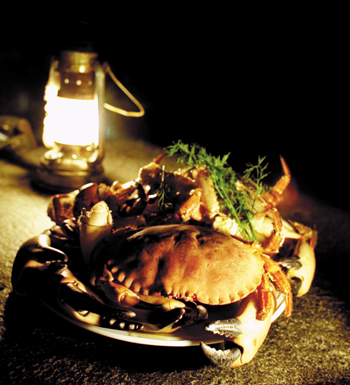
1ON THE WINGS OF FORTUNE
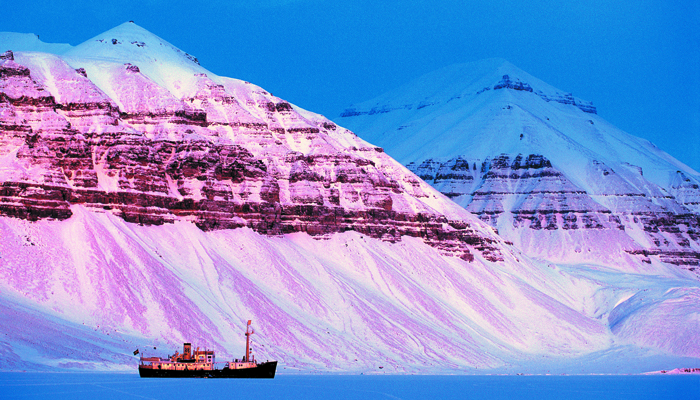
I have never thought of myself as someone who would thrive in extreme conditionsI am just too comfortable being comfortablebut driving sixty miles an hour across the vast icy expanses of Spitsbergen on a snow-mobile, completely covered, almost mummified, in multiple layers of wool undergarments and windproof winter wear, I feel like the king of the Arctic. I find myself imagining that I am a cowboy and my snowmobile is my horse. But then I remember that there is no need to use my imaginationthe place where I am is really more dangerous and exotic than even the most faraway prairie or desert. I am having the experience of a lifetime.
Next page

